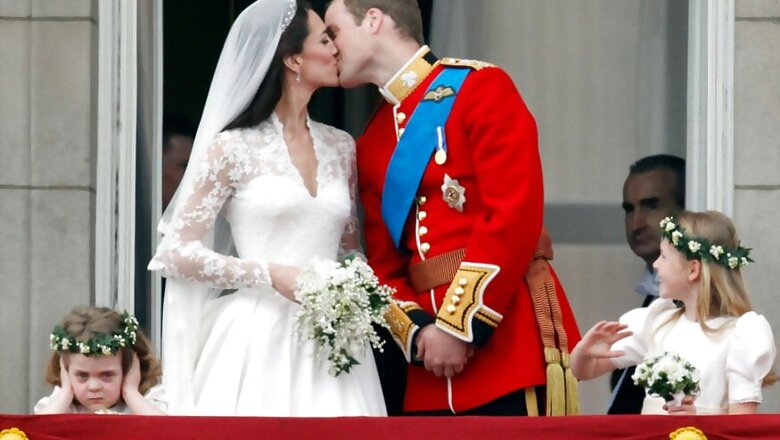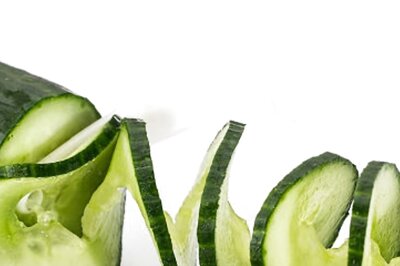
views
Do you know why people tilt their head to the right rather than to the left when kissing or hugging? There is some science to it.
According to the researchers, when touching others in a social context, for example kissing or hugging, people often have a lateral preference.
The team headed by Associate Professor Sebastian Ocklenburg and Julian Packheiser from the Department of Biopsychology from Ruhr-University Bochum in Germany said the handedness does play a role but so does the emotional context.
"In general, the population at large has a preference of tilting the head to the right when kissing, to initiate a hug with the right hand, and to cradle a baby in the left arm," elaborated Packheiser.
"With regard to kissing and hugging, the assumption is that people have a dominant hand which they use to initiate the motion. According to the theory, the dominant hand is kept unoccupied when cradling a child so that it can be used to perform other tasks," Packheiser noted.
The researchers explained that the left shift in emotional -- as opposed to neutral -- situations by speculating that emotions are primarily processed in the right brain hemisphere, which is responsible for movements of the left side of the body.
"There is ample evidence of interaction and interconnection of motor networks and emotional networks in the brain," Ocklenburg noted.
The theory of right-hemispheric processing of emotions is backed by behavioural data from studies on social touch as well as by results gained in imaging and neurophysiological studies.
"As social touches are often associated with a hand motion, it is an obvious assumption to make that the handedness affects lateral preferences," said Ocklenburg.
In their review article, the researchers have listed numerous studies that substantiate the influence of handedness. However, that alone cannot explain the lateral preferences; the emotional context, too, is relevant.
"In emotional situations, the lateral preference shifts to the right. It doesn't matter if the emotions are positive or negative," described Packheiser in a review article published in the journal Neuroscience und Biobehavioral Reviews.
As far as the preference is concerned, it is irrelevant if two people hug because they are happy to see each other, or because one is comforting the other.




















Comments
0 comment